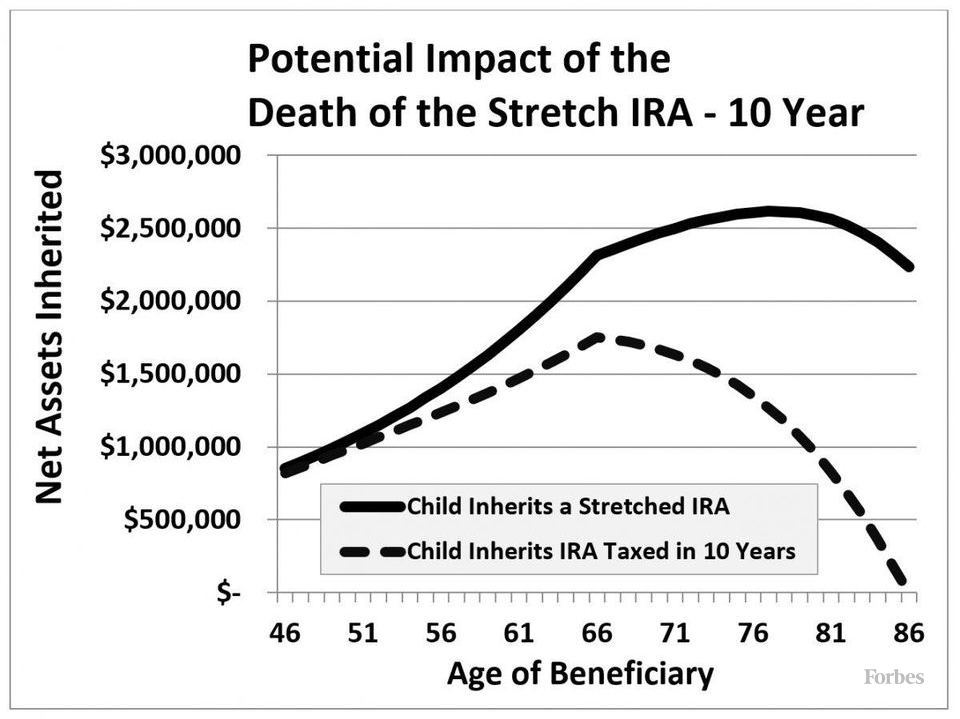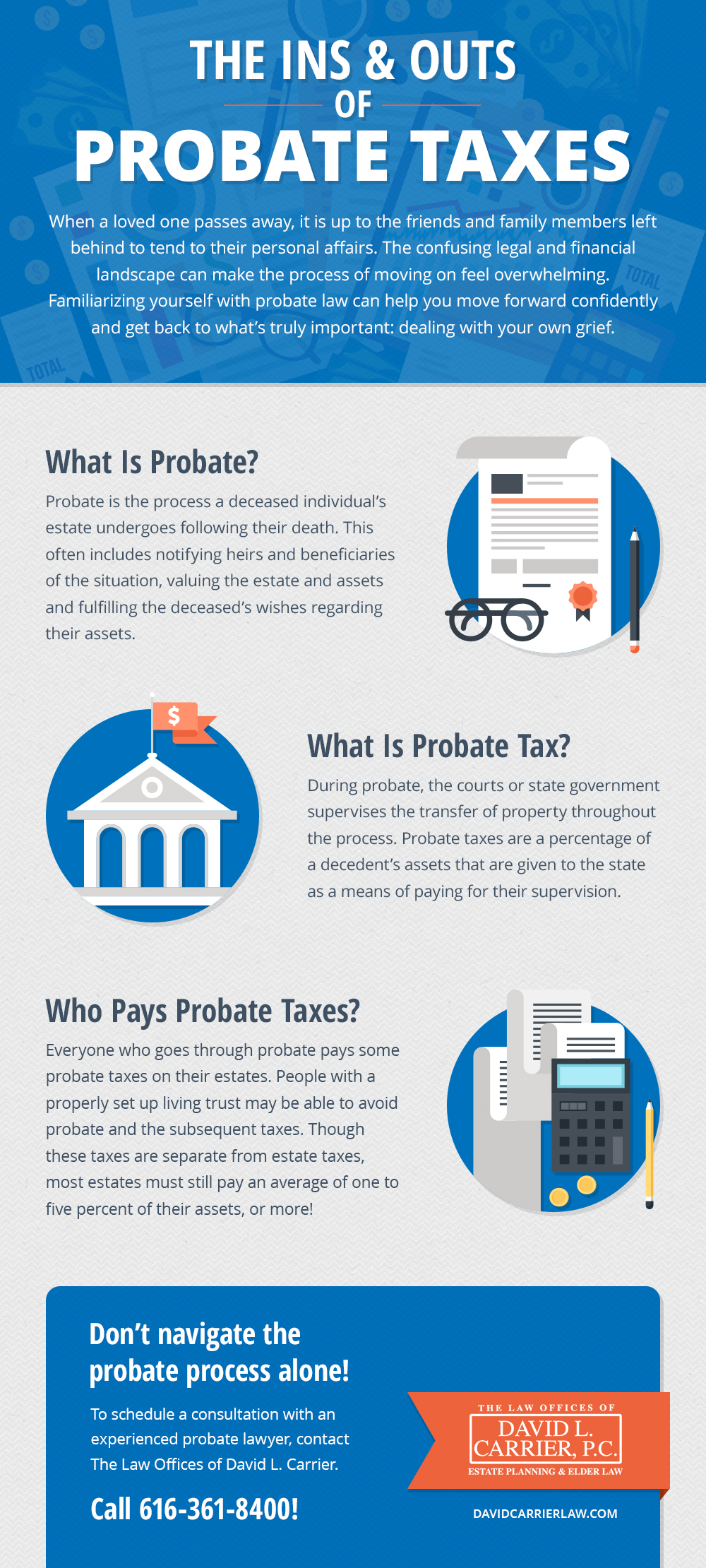Coming soon to your mailbox will be a notice of assessment for all real estate you own in Michigan. These are important notices, that can have serious consequences if ignored. You need to read this letter carefully because it shows the taxable value for the upcoming year.
If anything is wrong, you can appeal with the local Board of Review in March. In some cases, if you miss the March appeal, you lose the chance to ever appeal a decision by the assessor and in other cases, you might have to wait until next year.
Property Classification
There’s a lot of information on this form and it can be very confusing. The first part of the form shows the classification of your property. Some classifications are residential, agricultural, commercial, and timber. This matters when you’re transferring property. Depending on the property’s classification or your use, there are different types of property tax exemptions available.
The second part of the form is the most important, and often the most confusing for people: this covers Taxable Value, Assessed Value, and State Equalized Value (SEV).
Taxable Value
This is the value that is used for calculating your tax. Millage multiplied by taxable value is what you pay in property taxes. This number should only go up slightly from one year to the next. If this number has gone up significantly, or if it equals your assessed value, then your property taxes were probably “uncapped”.
Uncapping is when the taxable value is set to the assessed value after a transfer of ownership of the property. You should contact your assessor immediately if your taxable value was uncapped to find out why. In most cases, if you do not appeal this to the Board of Review in March, you may be stuck with the uncapping.
Assessed Value and State Equalized Value (SEV)
These two numbers are typically the same. The Assessed Value is supposed to be 50 percent of the market value of the property – the local city or township determines the assessed value.
State Equalized Value is the assessed value with an “equalization factor” applied. The equalization factor is determined by the county and state to correct for differing assessments across the townships and cities in a county. Two times SEV is often used as a rough estimate of the value of property.
If the Assessed Value doesn’t match half the actual value of the property, you can appeal to the Board of Review in March to have this corrected. In most cases, people only appeal when the assessment is too high.
Tax Exemptions
The next part of the assessment shows the tax exemptions that apply to the property. The most common exemption people see is the Principal Residence Exemption (PRE) for their primary home. This reduces your property tax by the amount of the local school millage, up to 18 mills.
If you should have been receiving this exemption but weren’t, you can always reapply for the exemption next year. You can only claim the PRE on one property at a time. It’s up to you to make sure that you aren’t accidentally receiving this on multiple properties. The state will usually catch up to you with an audit, even if it takes years, and you could have a significant tax bill.
It’s important to be sure to rescind the PRE if the property is no longer your primary residence. This often gets missed by children after a parent dies, and the children keep the home. This mistake is often unnoticed until they receive an audit from the state asking for years of owed taxes.
It can be possible to claim the PRE on your home even if you’re in a nursing home or assisted living if you meet certain requirements. There are other exemptions for industrial facilities, renaissance zones, farmland, disabled veterans, forest land, and for reasons of poverty, among others.
Ask Questions
Any time you have questions about your assessment, the first place to start is to ask your local assessor. They will have the ability to provide information and advice about your individual situation. You can also go to an attorney who will advise you on your rights in appealing property tax problems with the local assessor, or with the State of Michigan.
Remember, there are important deadlines that apply to property tax. Your assessment is something that you should review every year because in some cases you only have one chance to appeal a mistake.




